
Oblique Architects Transform an Industrial Space into a Hybrid Apartment and Exhibition Space in Athens
Words by Yatzer
Location
Athens, Greece
Oblique Architects Transform an Industrial Space into a Hybrid Apartment and Exhibition Space in Athens
Words by Yatzer
Athens, Greece
Athens, Greece
Location
Athens’ post-war urbanization is underpinned by the proliferation of 'polykatoikies', multi-storey apartment buildings that have since provided affordable housing to millions of citizens. What is less known is that many of the concrete structures that went up during this period housed industrial facilities such as workshops and small manufacturing units. With the gradual deindustrialization of downtown Athens over the past few decades, these buildings have slowly been repurposed for residential, commercial, and cultural purposes—a challenging task considering that basic utilities often have to be redesigned from scratch. On the plus side, their typically open-plan layouts provide architects and designers with a blank canvas, ripe for adaptation according to a project’s brief. Case in point, the transformation of this industrial workshop by Athens-based architecture practice Oblique into a hybrid apartment and exhibition space.
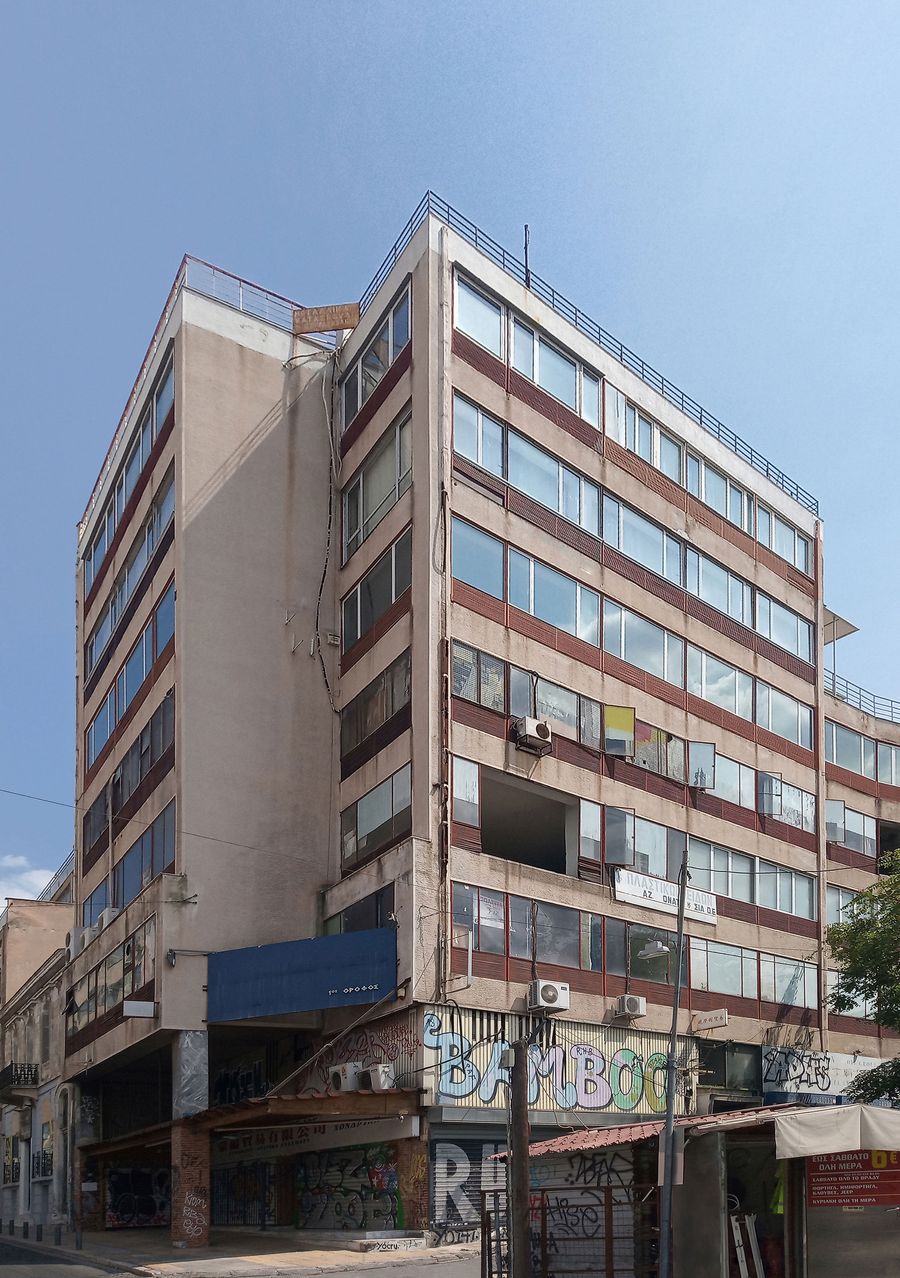
Photography by Riccardo De Vecchi.
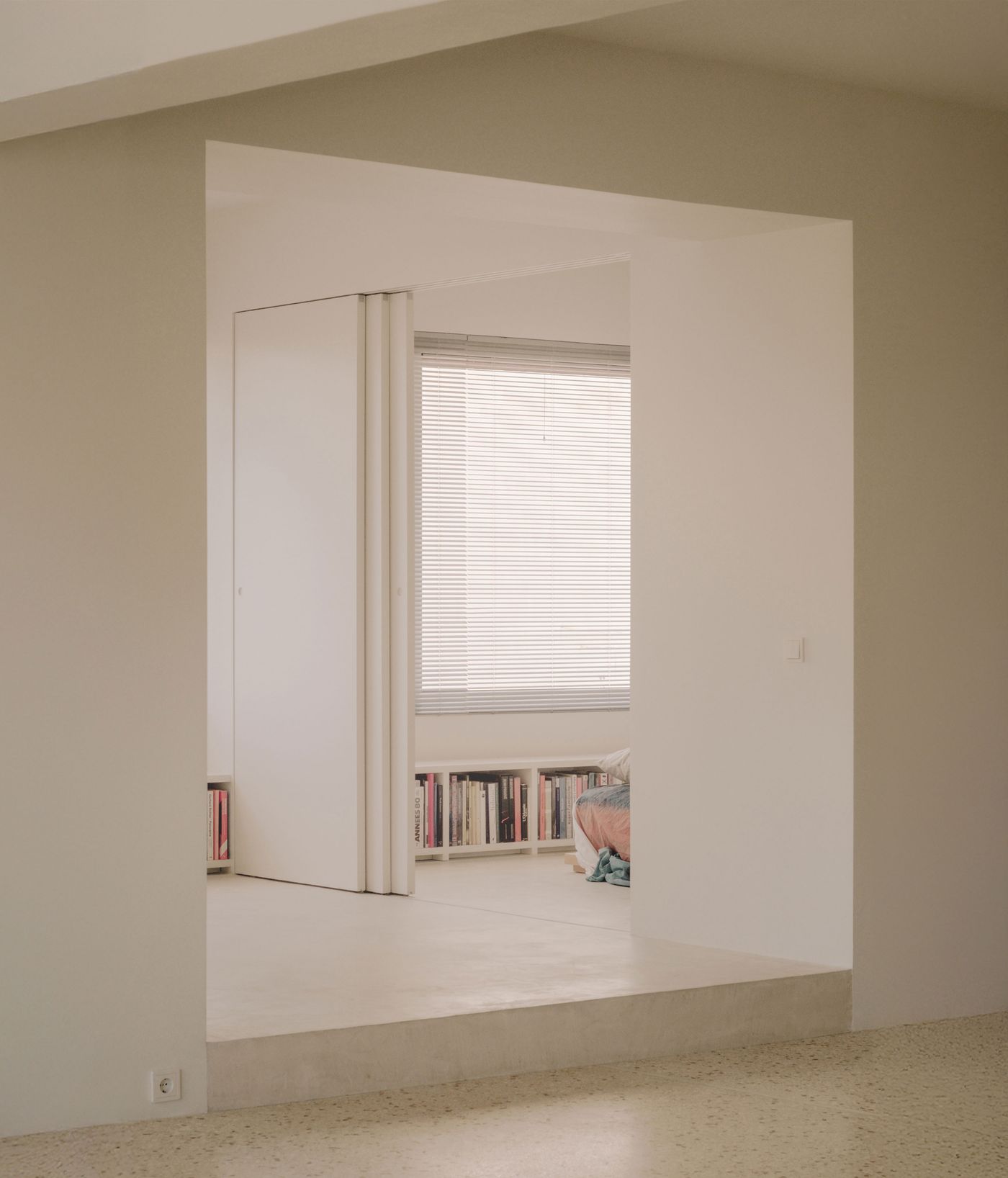
Photography by Riccardo De Vecchi.
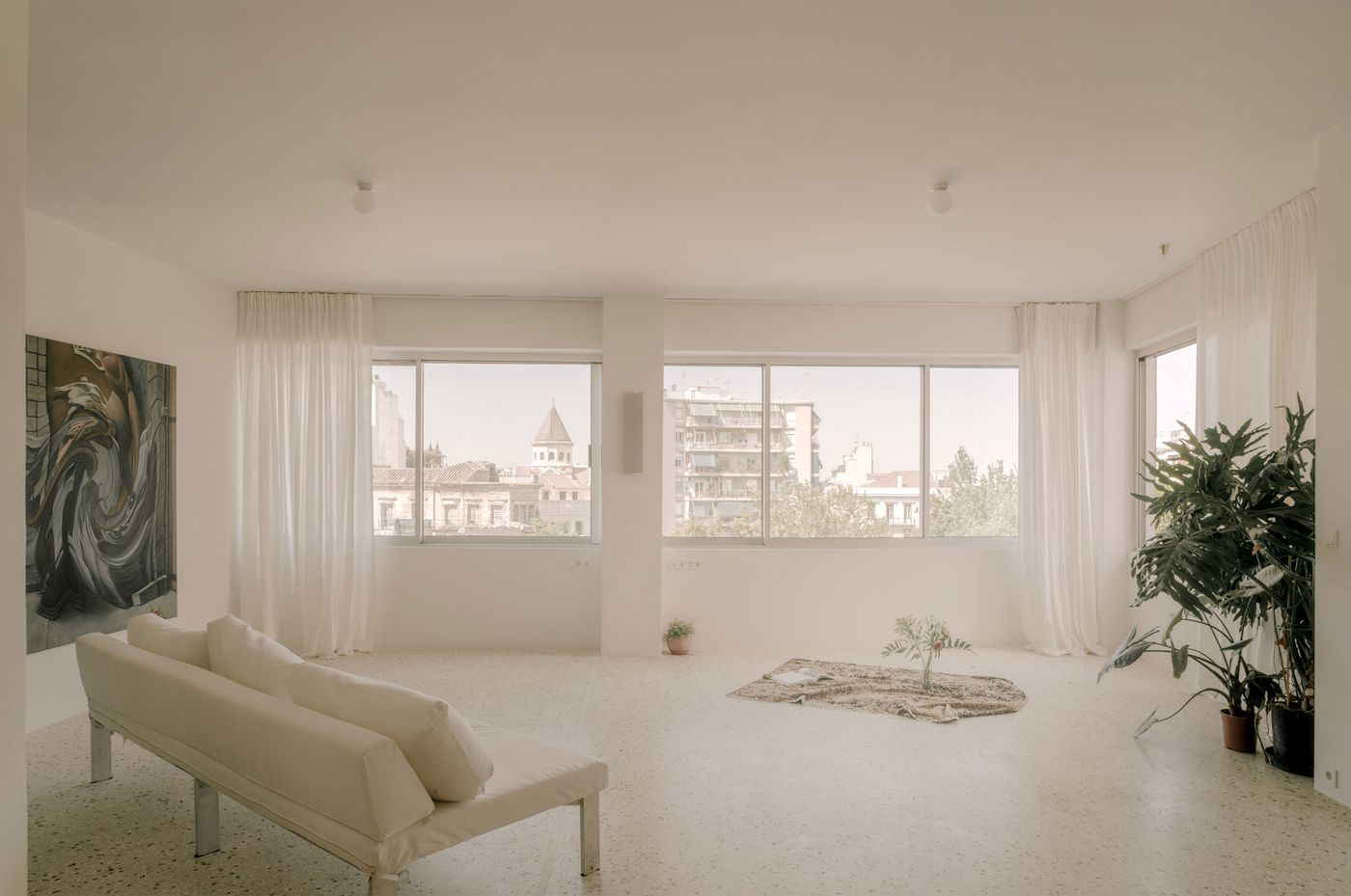
Photography by Riccardo De Vecchi.
Once an industrial workshop within a non-descript eight-story building, this 139-square-metre space has been radically reimagined, evolving into a minimalist apartment that seamlessly doubles as an exhibition venue. Stripping the structure down to its essential framework, the architects have orchestrated a space defined by restraint and quiet drama, where domesticity and display coalesce into an ever-adaptable composition.
The project’s conceptual backbone lies in the interplay of containment and openness, anchored by a decisive architectural gesture: the introduction of a raised perimetric zone that houses the sleeping quarters, bathroom, and storage spaces. This elevated band frames, on two sides, an expansive, unobstructed area that serves as an open-plan living and dining space, as well as a gallery-like stage for art and gatherings.
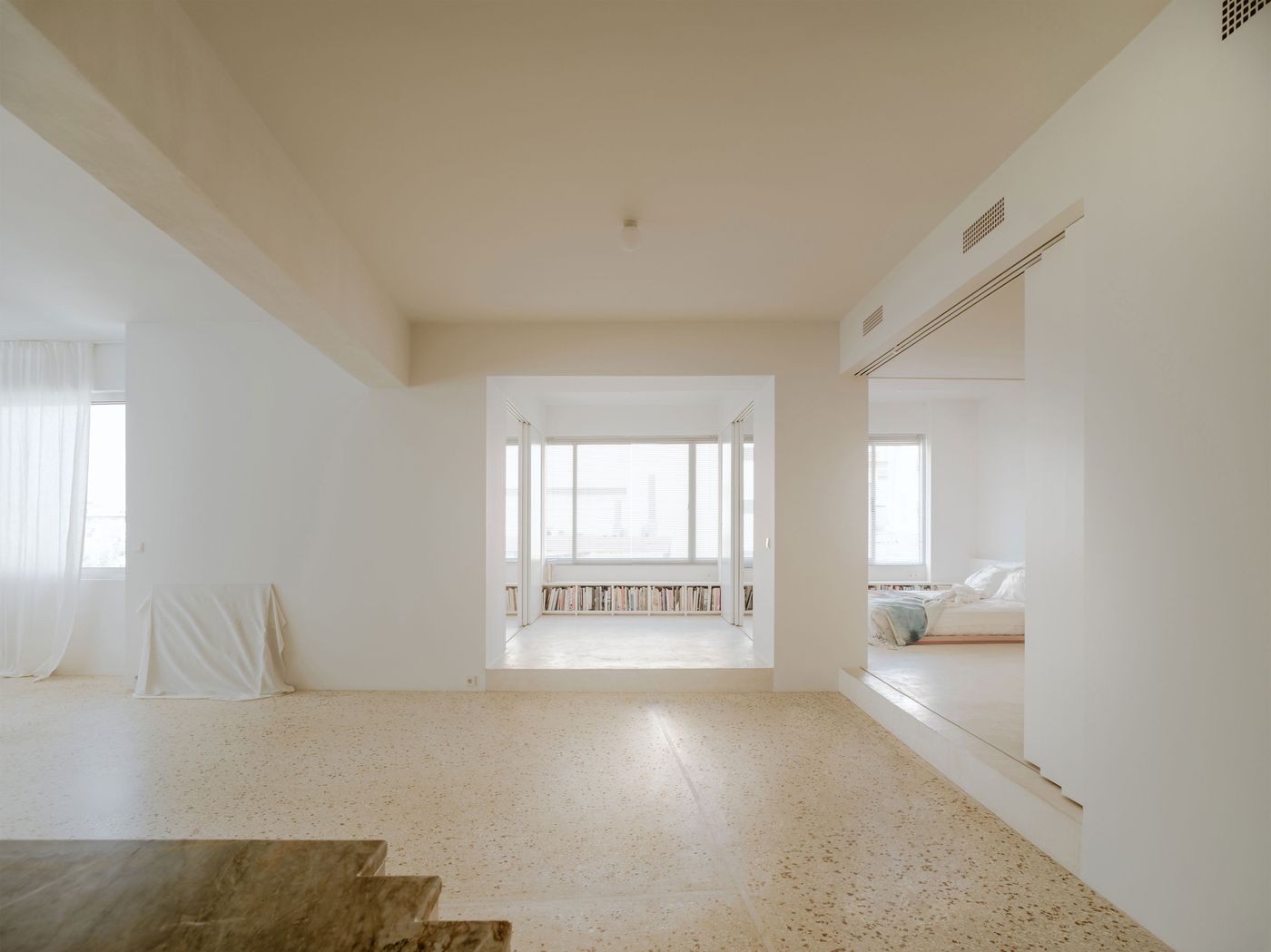
Photography by Riccardo De Vecchi.
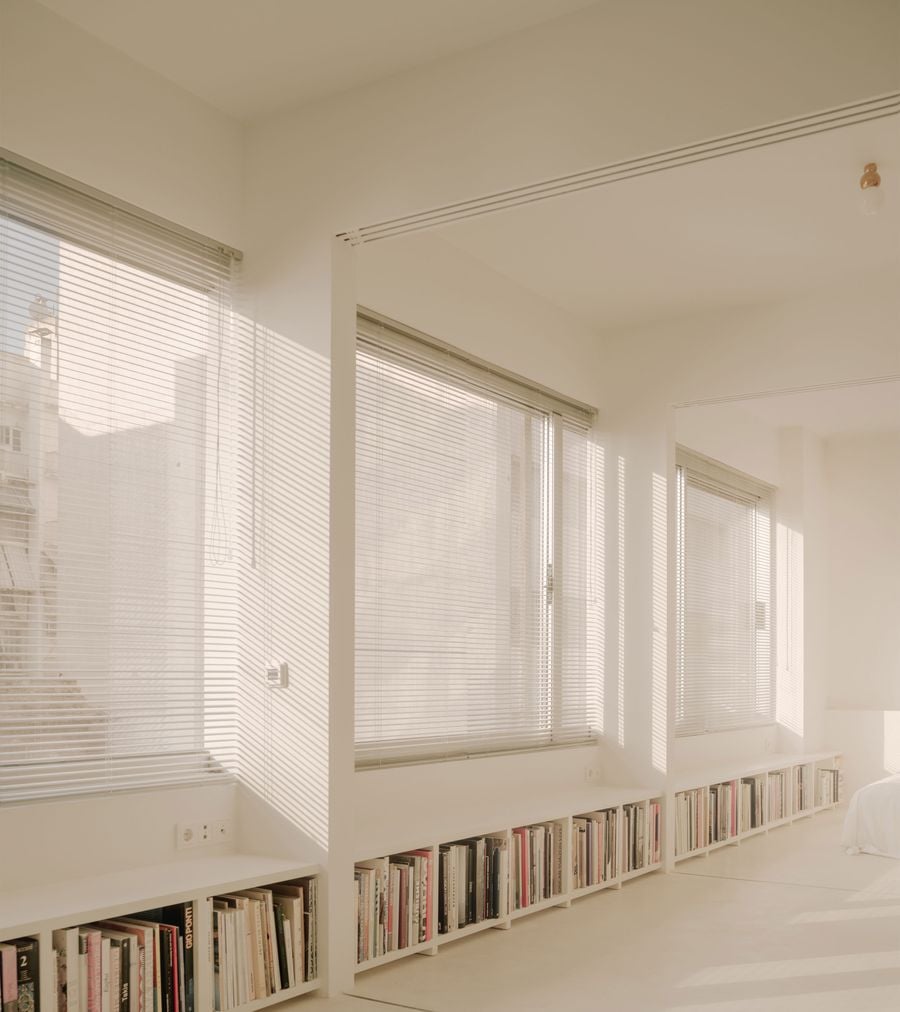
Photography by Riccardo De Vecchi.
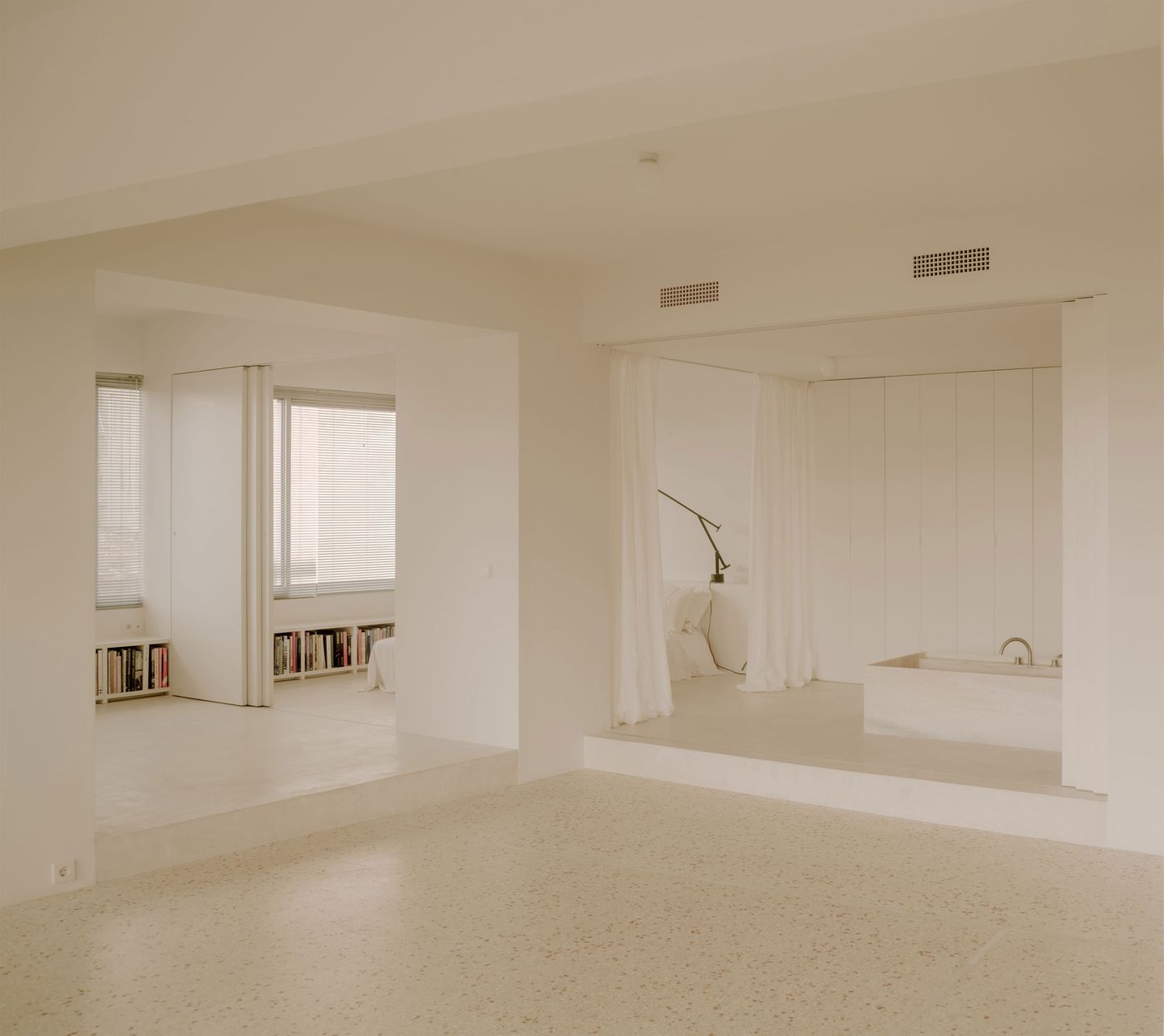
Photography by Riccardo De Vecchi.
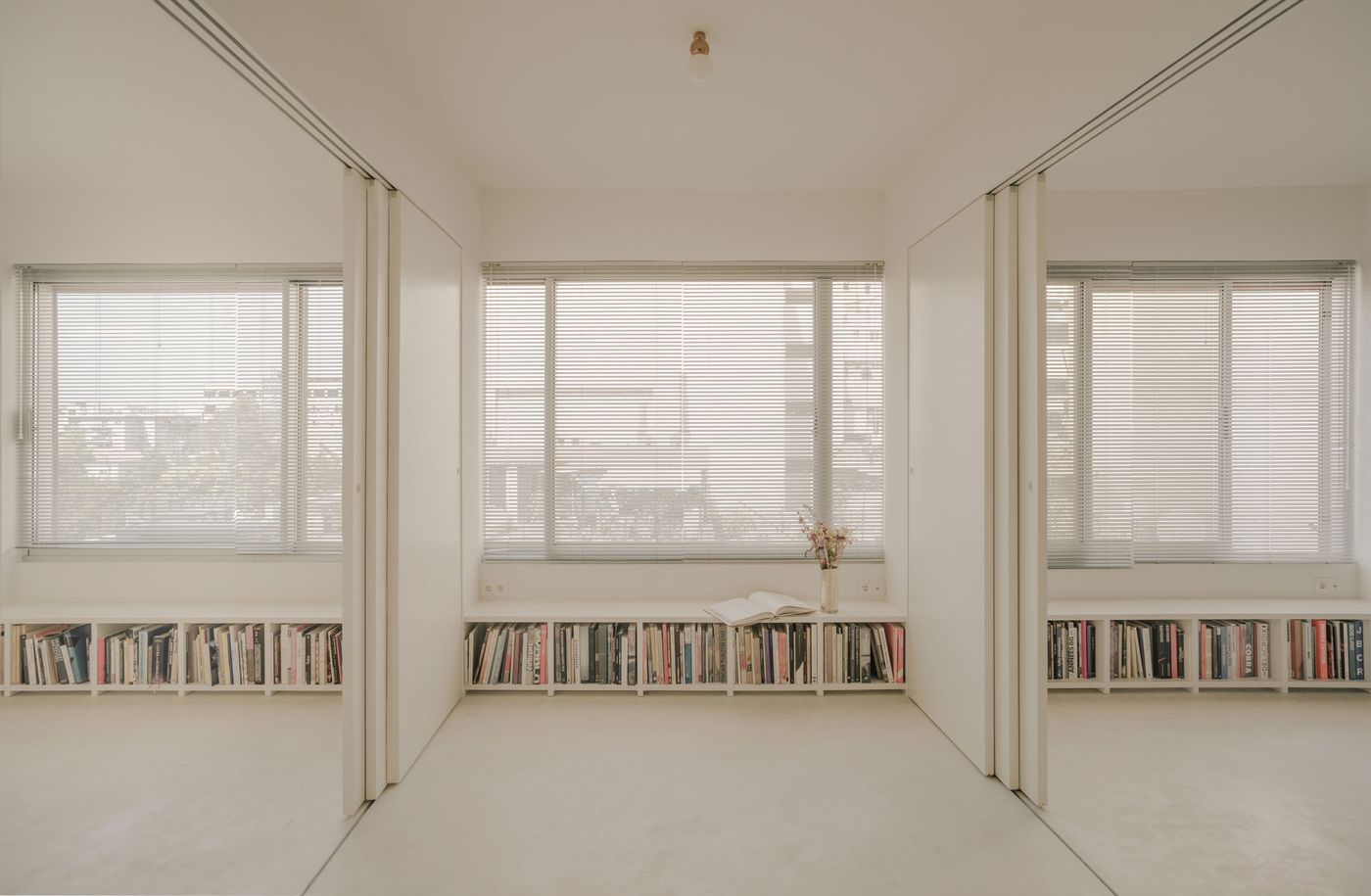
Photography by Riccardo De Vecchi.
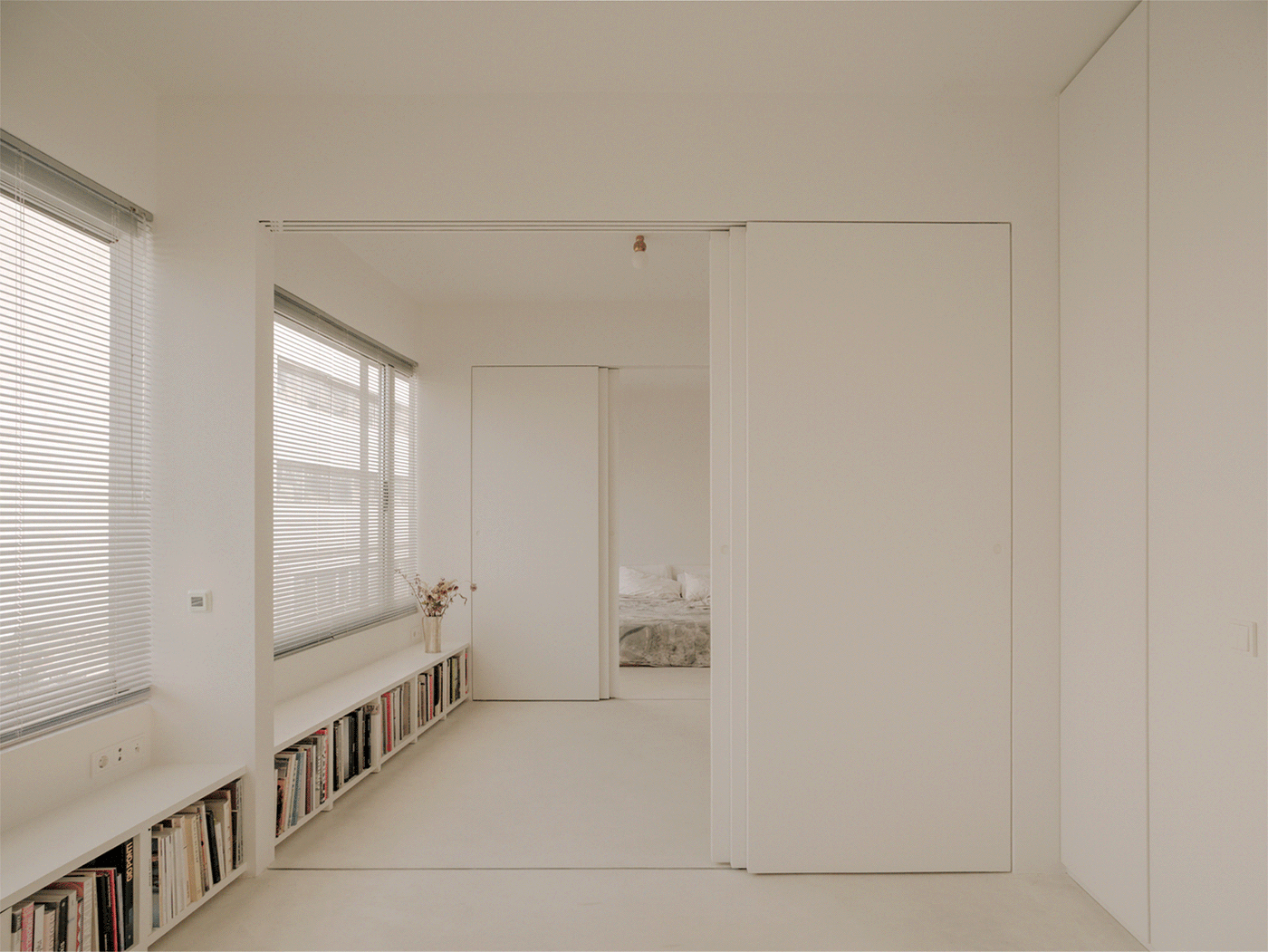
Photography by Riccardo De Vecchi.
This configuration not only establishes a clear delineation between intimate and communal areas but also facilitates fluid movement and interaction. Sliding panels further enhance the layout’s flexibility, allowing for shifting degrees of privacy and enclosure, while the raised floors ingeniously accommodate vital mechanical systems—an elegant response to the building’s structural constraints.
Despite the apparent separation between public and private realms, the design cultivates unexpected visual and spatial interactions. The central space, bathed in natural light from the building’s uninterrupted glass façade, fosters a seamless sense of openness, while the enfilade of perimetric rooms creates a rhythmic promenade, reinforcing continuous movement. The stark contrast between the structured perimeter and the open interior underscores the apartment’s duality, positioning it as both a sanctuary and a stage for creative exchange.
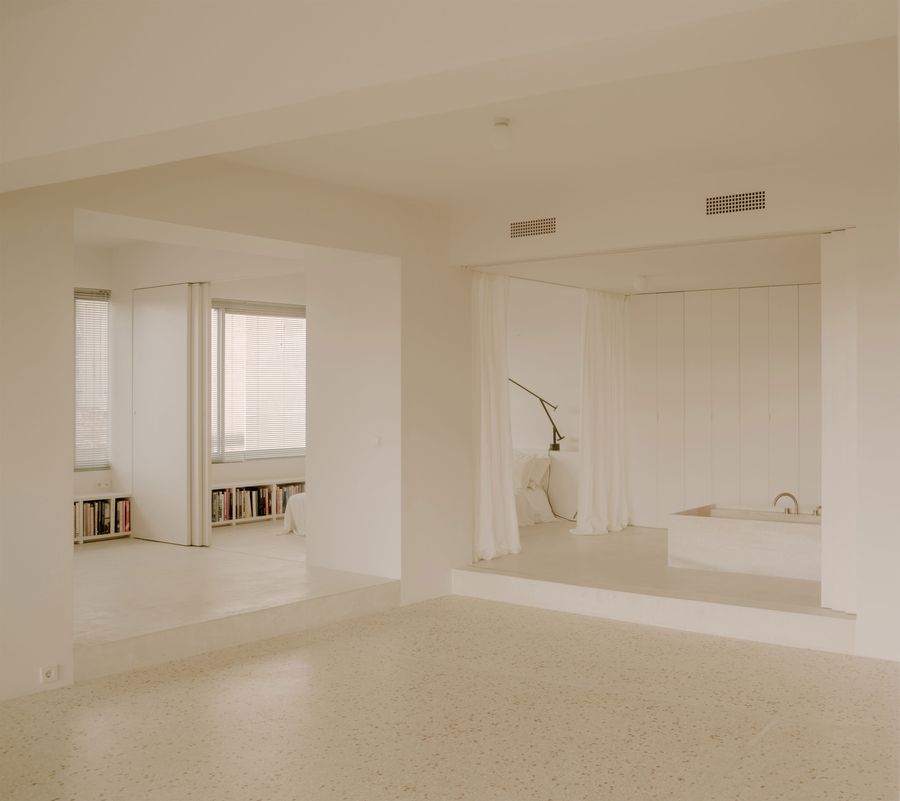
Photography by Riccardo De Vecchi.
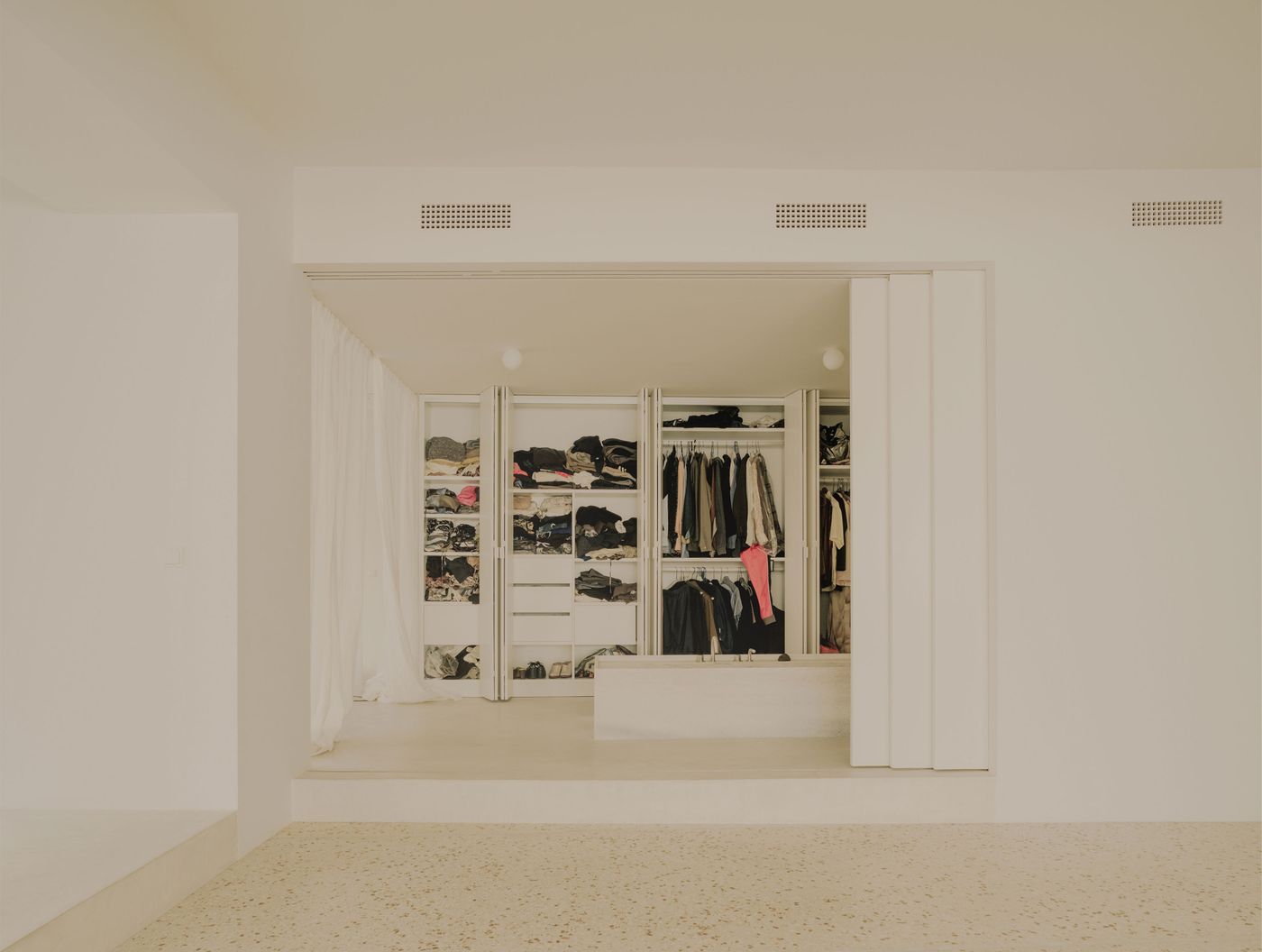
Photography by Riccardo De Vecchi.
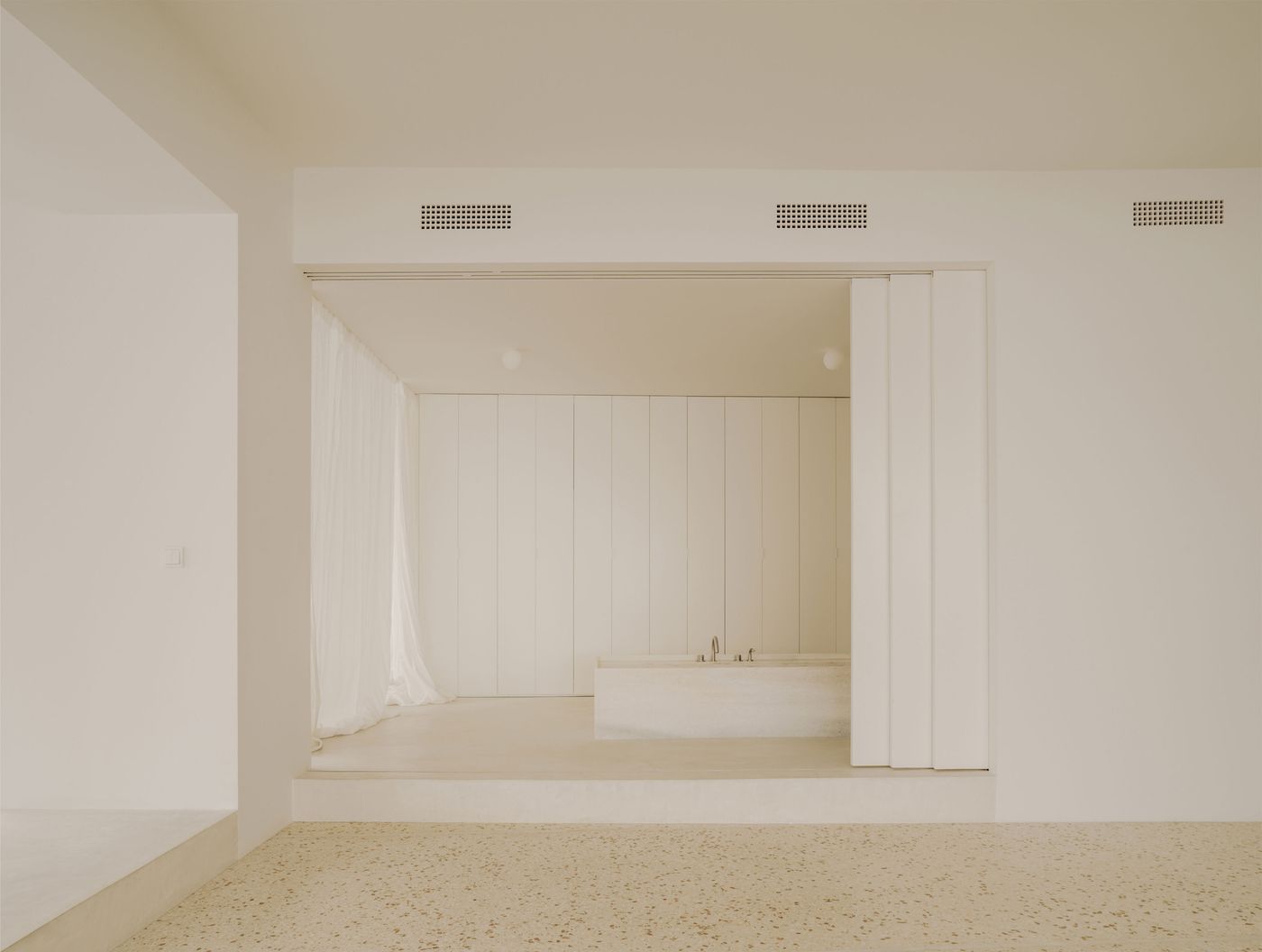
Photography by Riccardo De Vecchi.
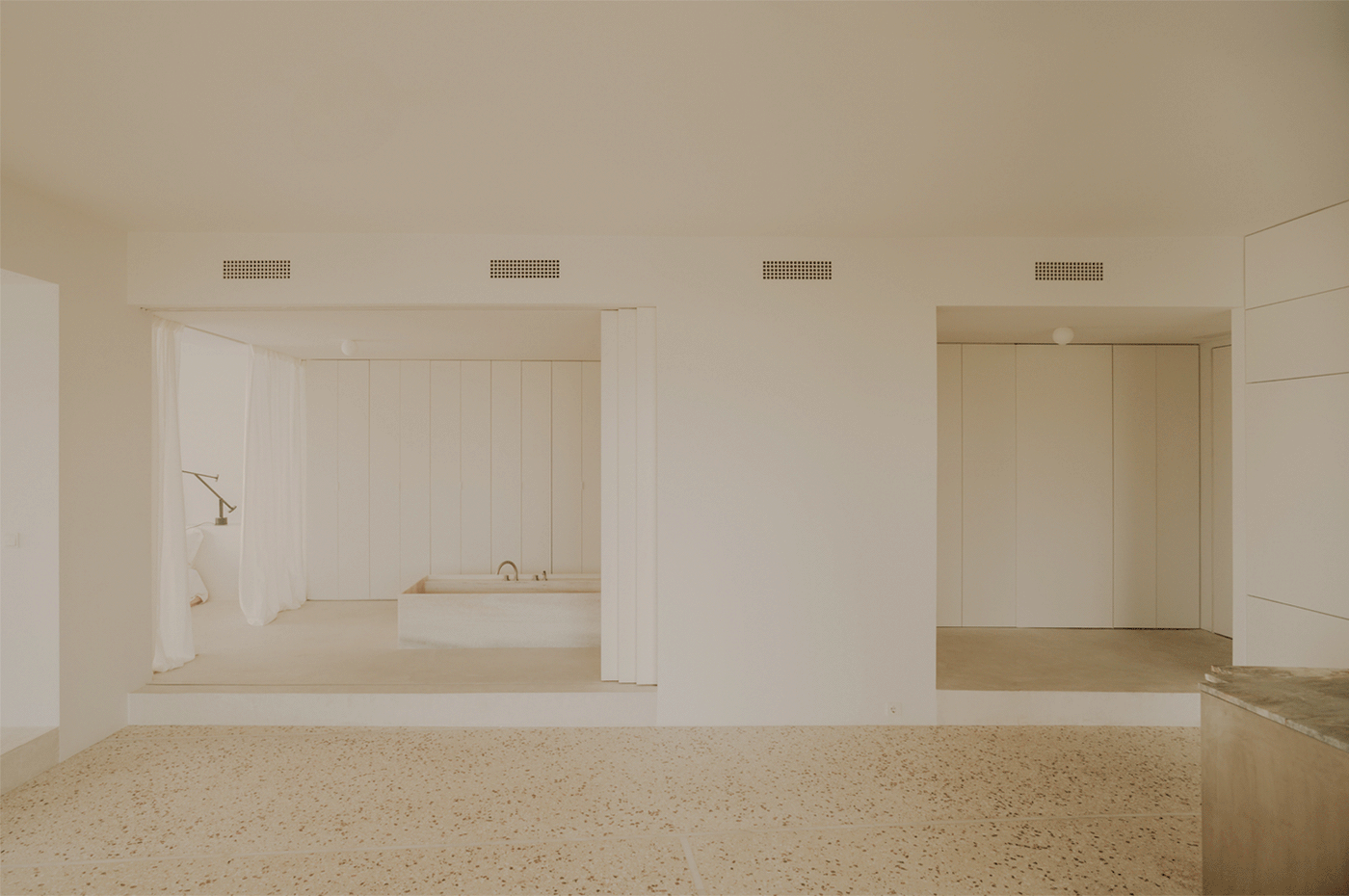
Photography by Riccardo De Vecchi.
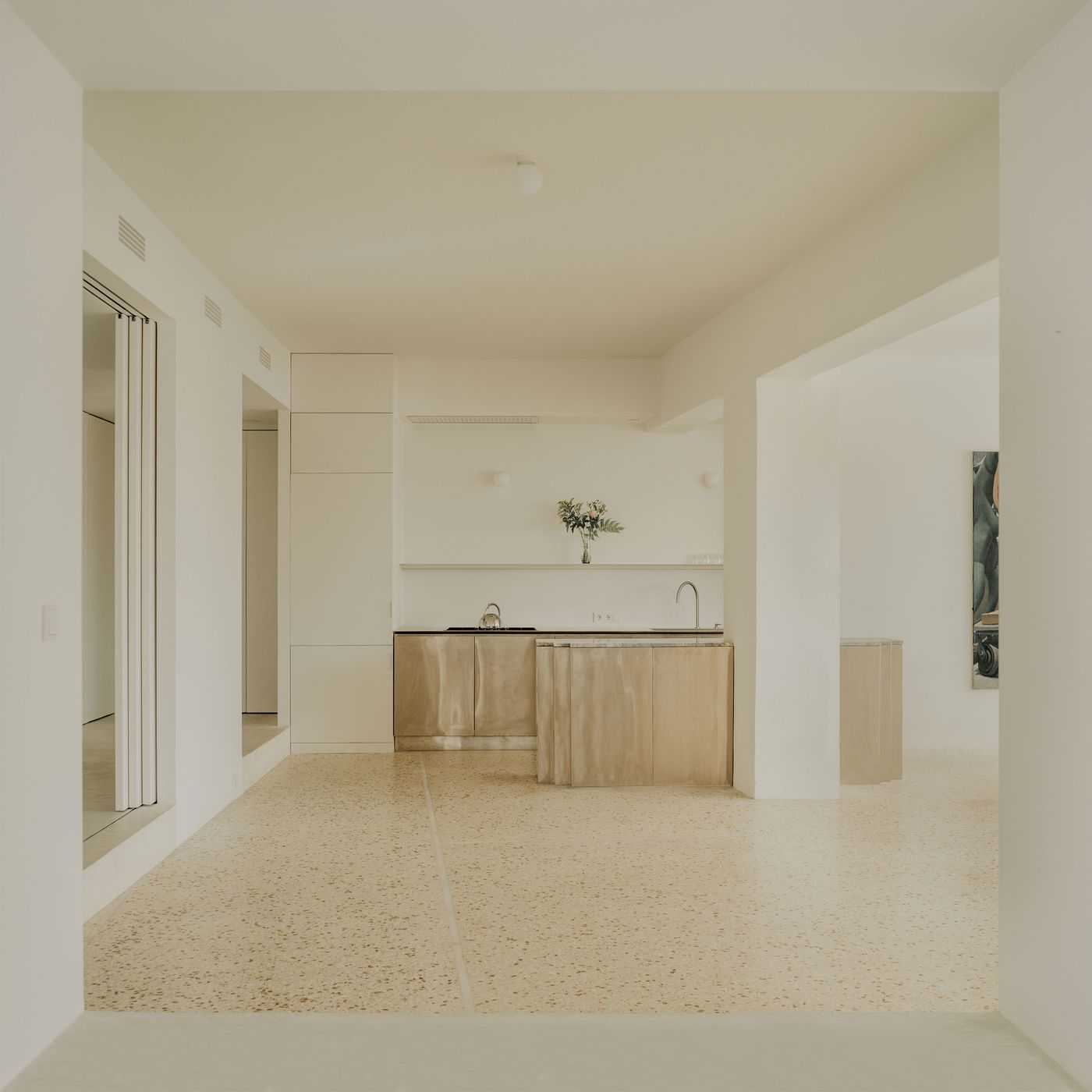
Photography by Riccardo De Vecchi.
Materiality also plays a key role in amplifying the space’s ethereal atmosphere. The architects embraced a minimalist aesthetic palette dominated by a monochromatic palette of whites and creams, lending the interior a serene, almost meditative quality. The existing ochre-hued mosaic floors, a relic of mid-century Athenian design, provide a textural counterpoint to the white surfaces that envelop the apartment, as does the kitchen marble countertops, while the stainless-steel kitchen cabinetry injects a dose of industrial elegance with its reflective surfaces and monolithic presence. Meanwhile, a bespoke marble bathtub, designed as a free-standing cubic volume, asserts itself as an architectural artifact—functional yet statuesque.
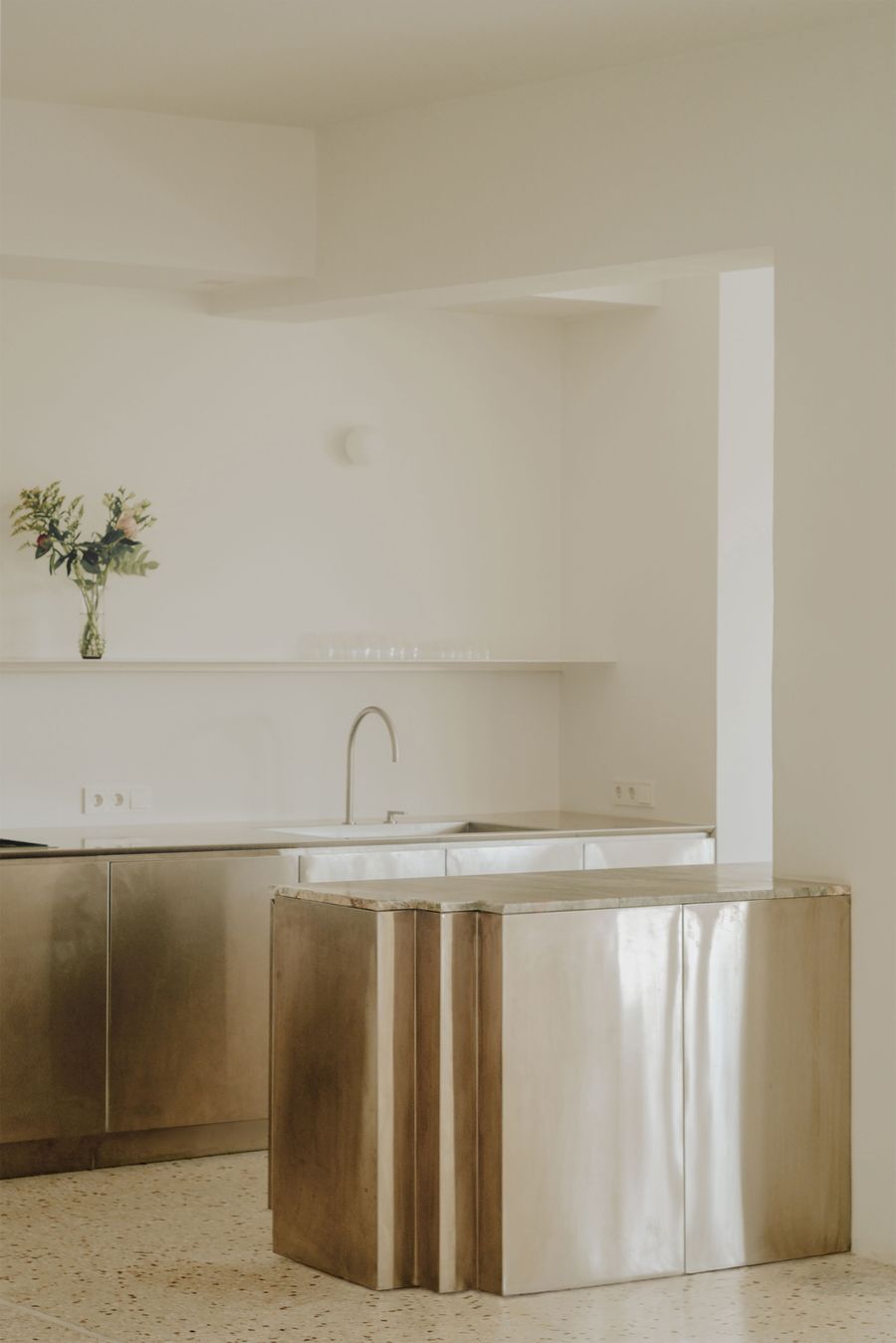
Photography by Riccardo De Vecchi.
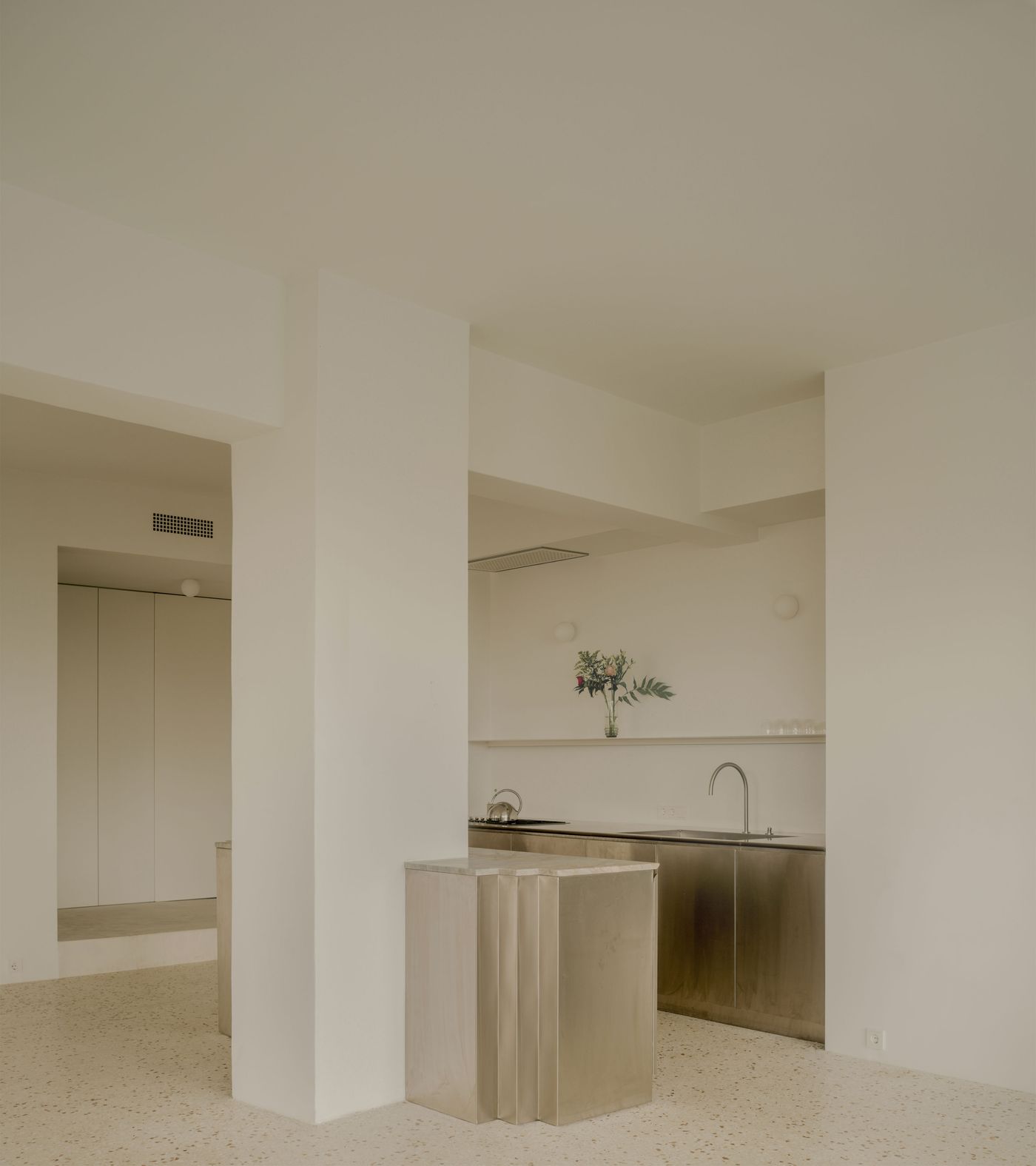
Photography by Riccardo De Vecchi.

Photography by Riccardo De Vecchi.
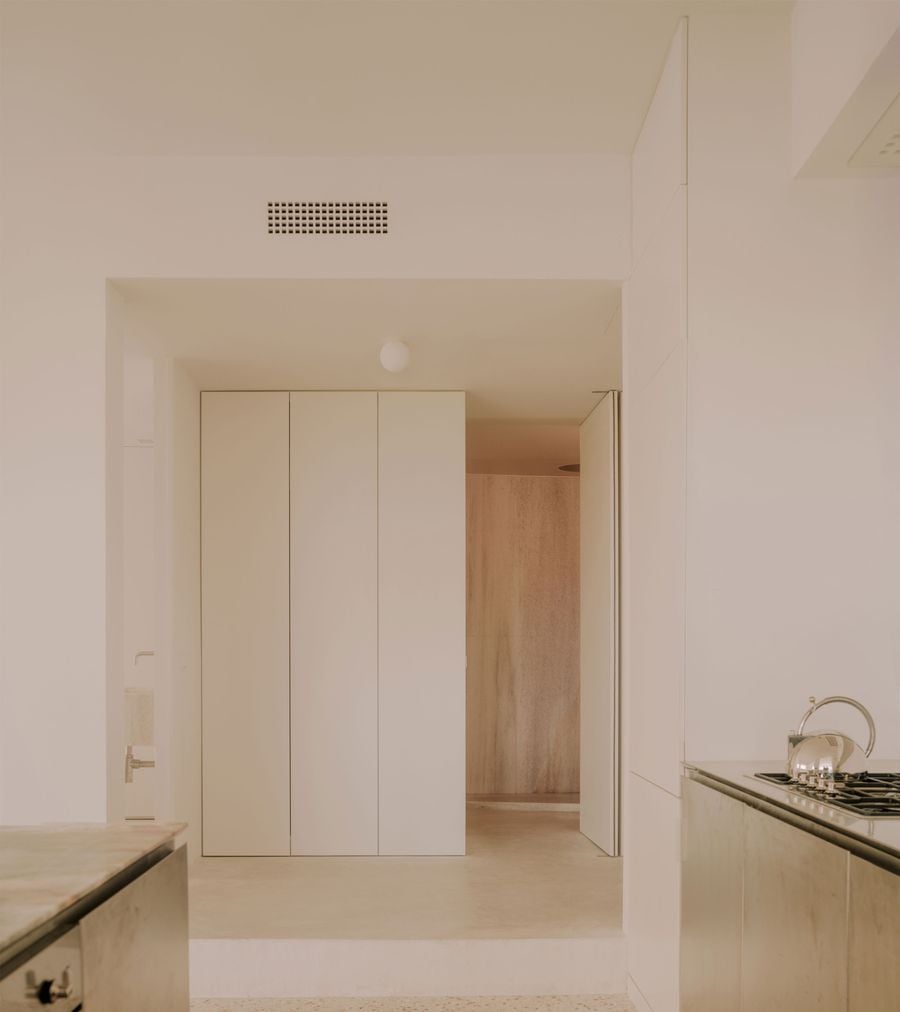
Photography by Riccardo De Vecchi.
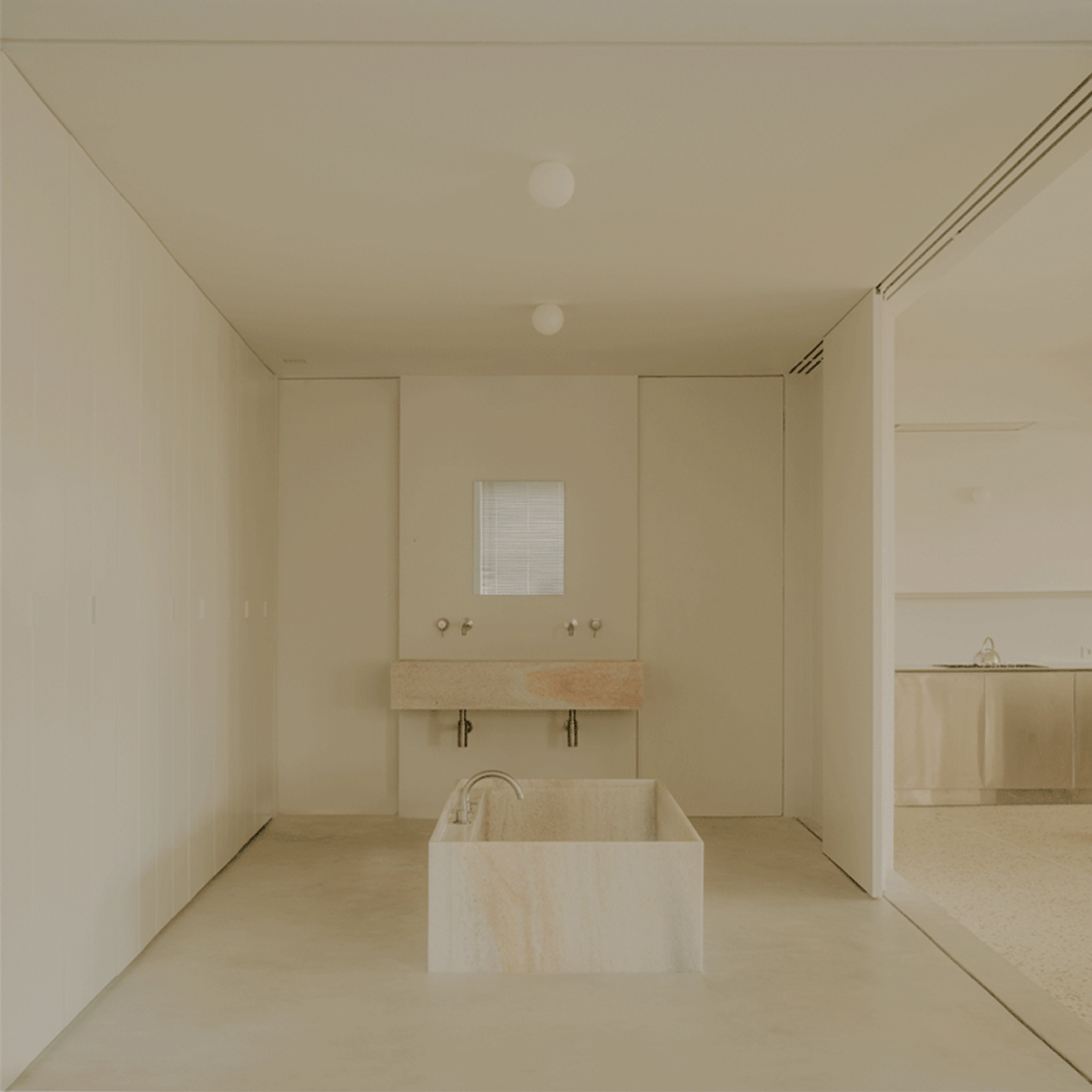
Photography by Riccardo De Vecchi.
With a variety of well thought out interventions that imbue the apartment with a tactile richness, balancing precision with poetry, Oblique has not merely repurposed an industrial relic but has orchestrated a living space that oscillates between retreat and revelation. In doing so, they have crafted a home that is both an introspective haven and an open invitation for artistic dialogue where the everyday and the ephemeral effortlessly converge.
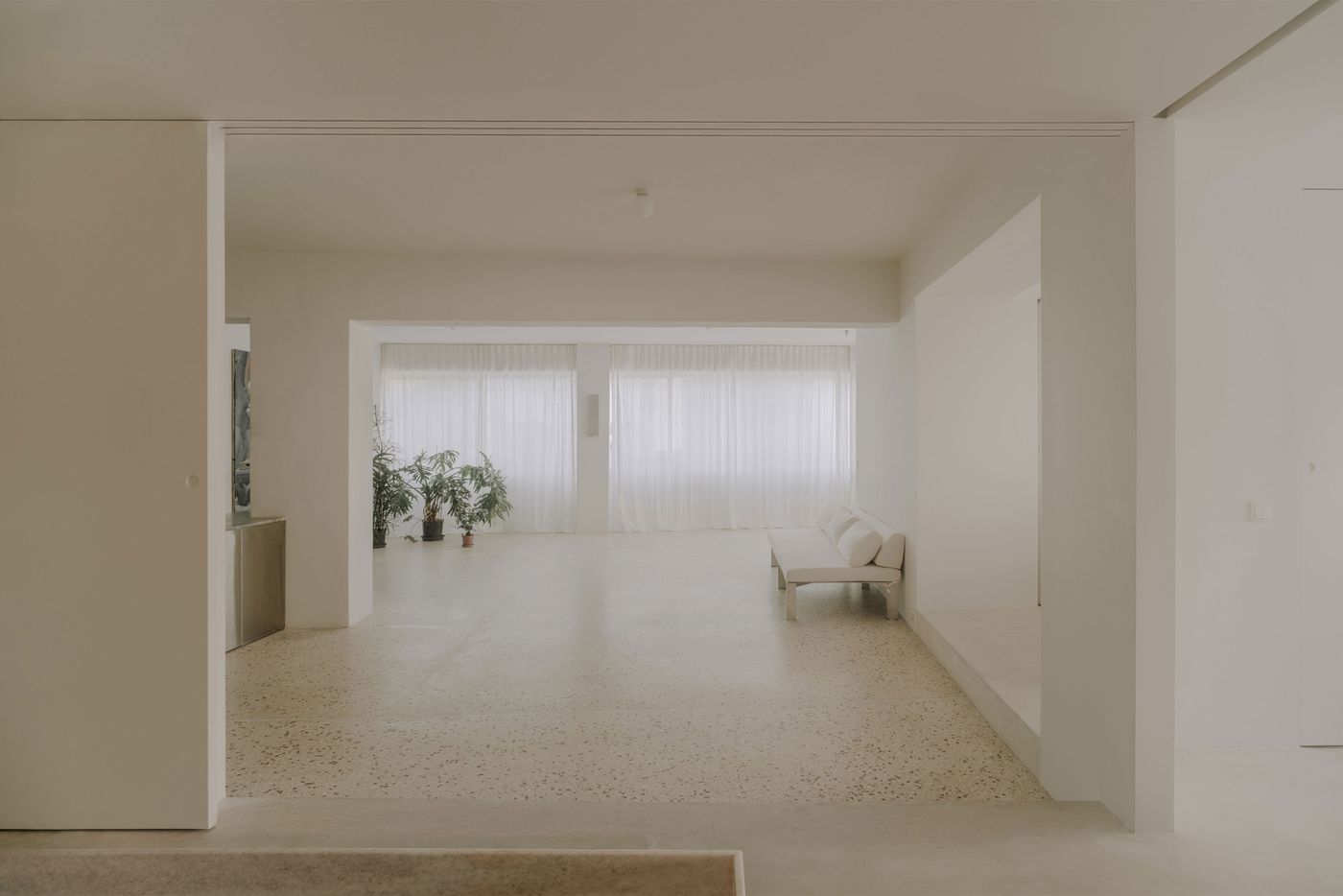
Photography by Riccardo De Vecchi.
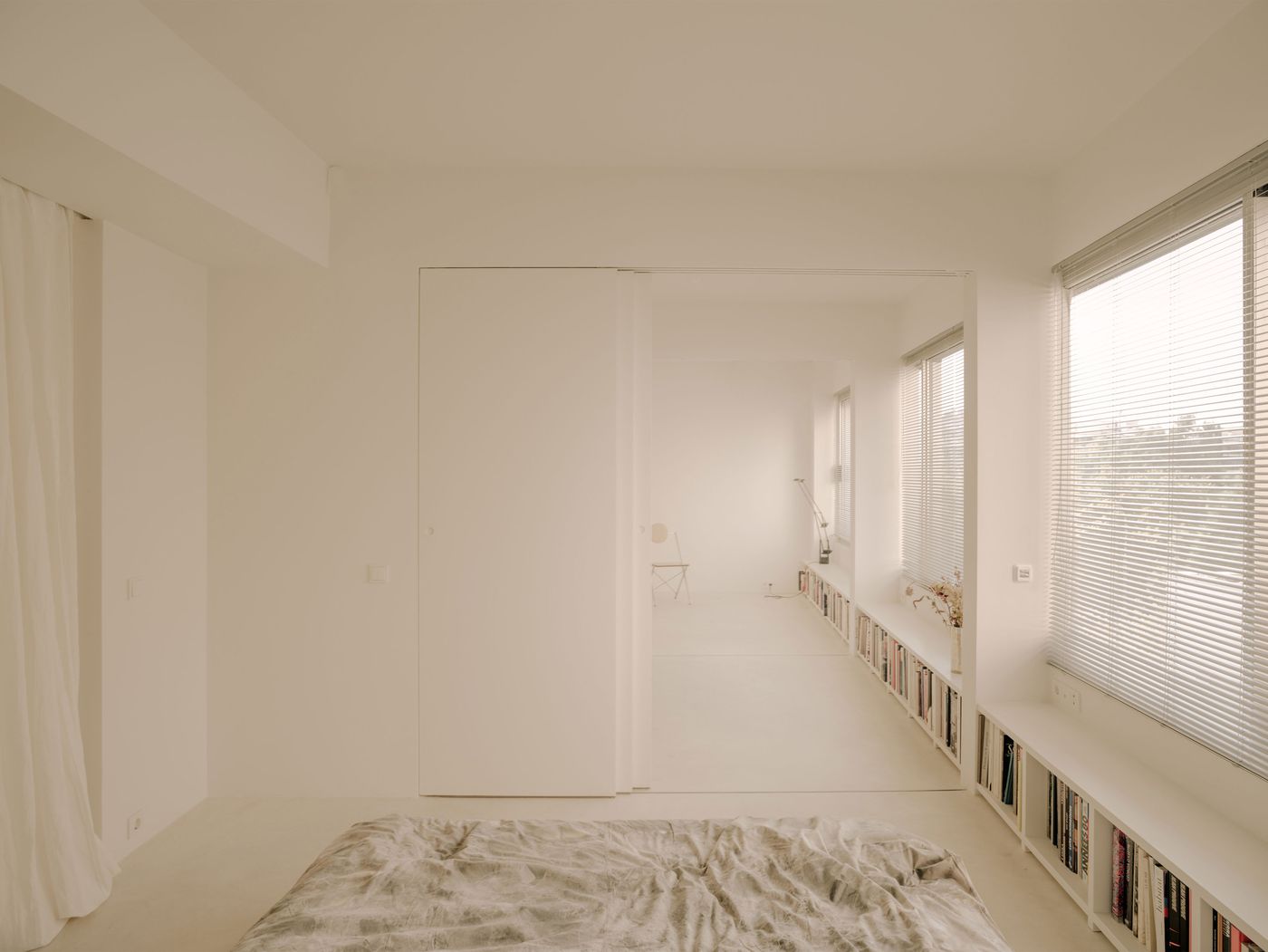
Photography by Riccardo De Vecchi.
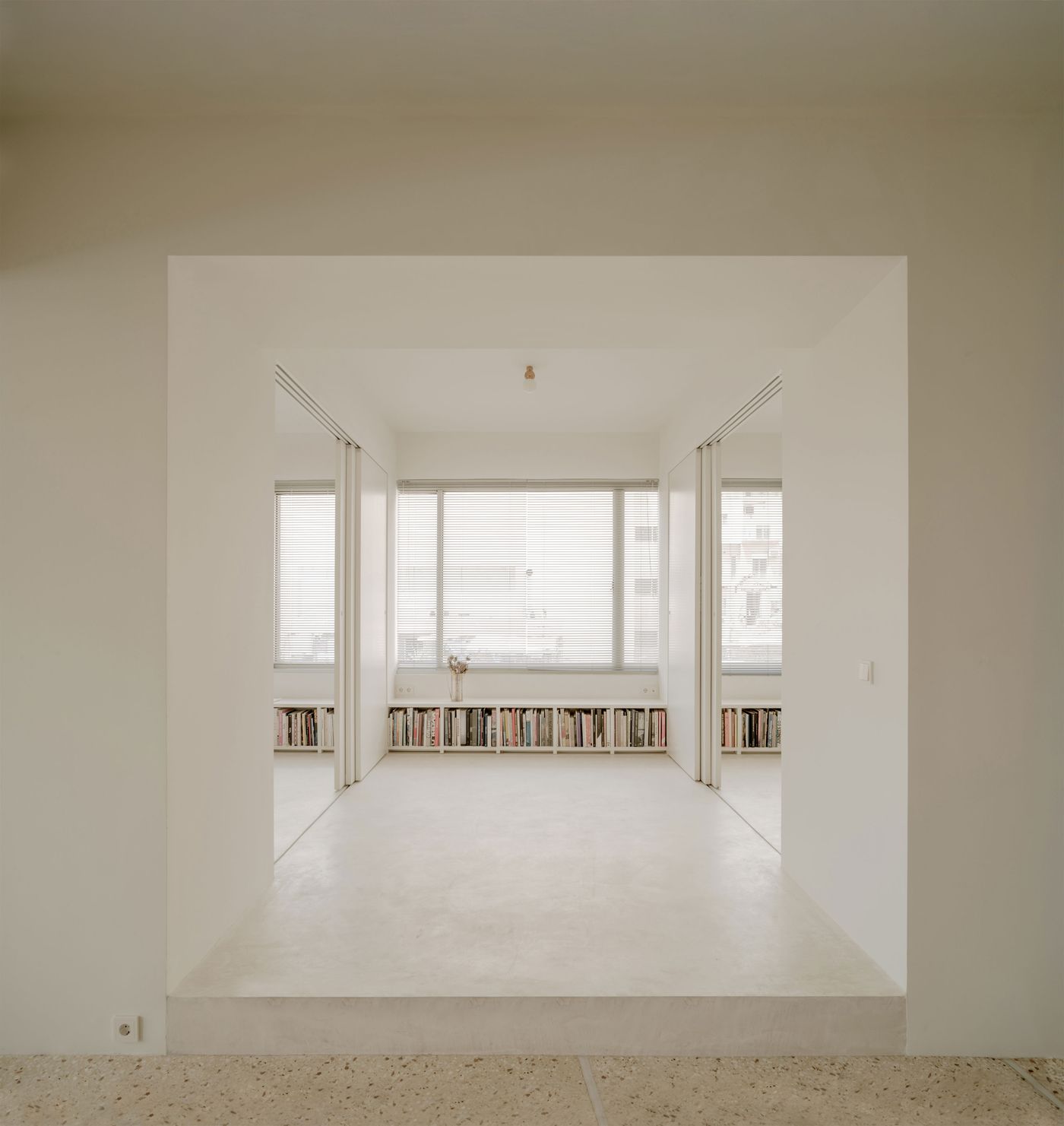
Photography by Riccardo De Vecchi.